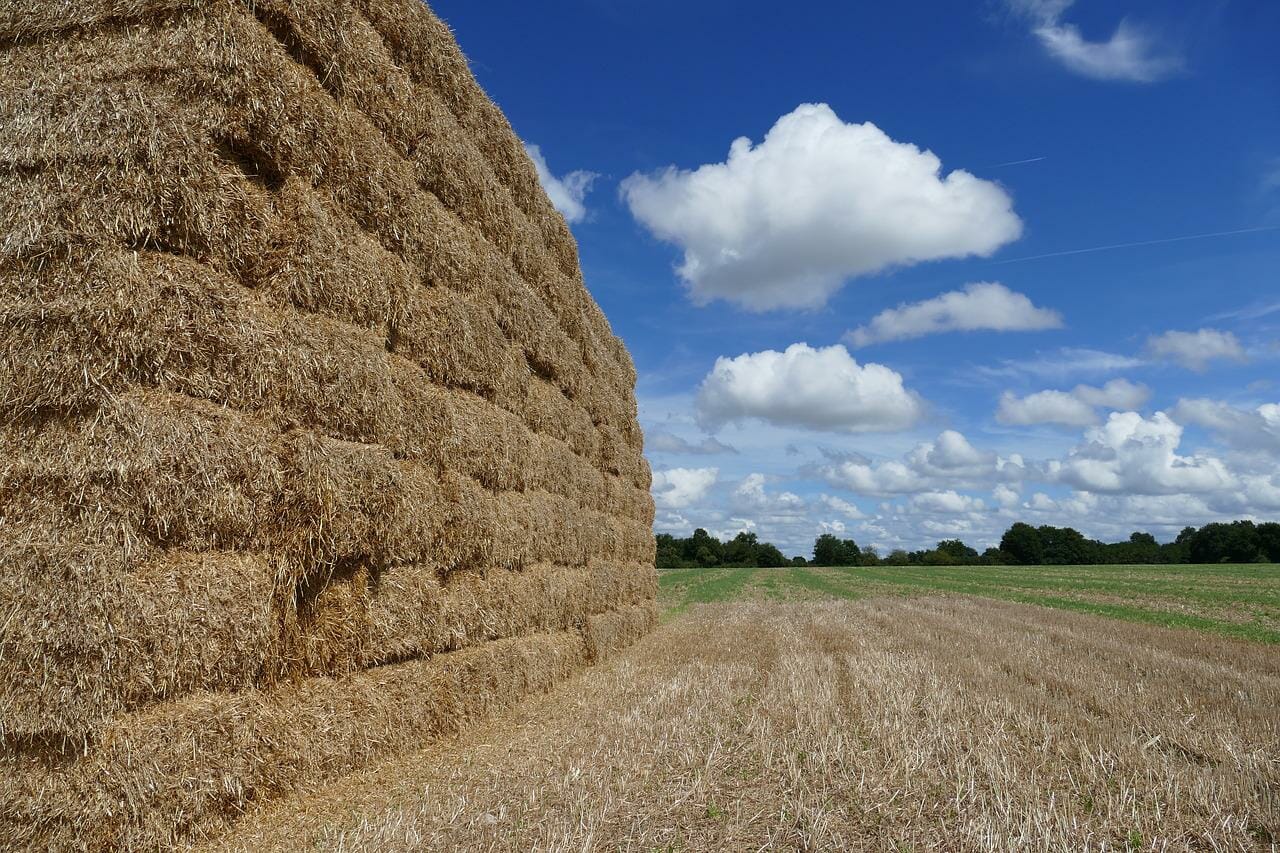A vertical baler is a machine that manufactures bales of hay, soybean straw, or other materials by compressing the material into a compact cylindrical shape. It can also be used for compacting scrap metal. Vertical balers are most often used in the agricultural industry but they can also be used to make garbage into compressed cubes that are easier to incinerate or transport. Vertical balers are also used in construction, and the wood waste from construction can be recycled into wood pellets or reconstituted wood. The most common material that is used with a vertical baler is hay, because hay is the most commonly produced material. In most cases, the bales are transported to a buyer, but in some cases they are sold directly to customers.
Vertical balers work by compressing the materials being processed between two rotating cylinders. These cylinders are mounted on either a horizontal or vertical axis. The amount of pressure applied during the compression process is determined by the size of the bale being produced. Vertical balers provide producers with a method for managing plant waste, as well as an efficient way to supply a wide range of facilities and equipment with the raw materials they require. Smaller applications include those that produce animal bedding, while larger companies use vertical balers to produce wood pellets, fuel wood and other types of biomass.
Horizontal Balers:
Horizontal balers use the same principles as vertical balers, but they are turned on their sides and placed horizontally. Horizontal balers have the advantage of working in a wide variety of environments and materials. They are used mostly in food processing, pharmaceuticals, and paper processing industries. The most common material used with horizontal balers is soybean harvested at a low rate due to its low yields. The material being compacted into a bale is compacted using one or more rotating balls that spin around inside the cylinders of the machine. This spinning action compresses the material randomly before it is subsequently shaped into a cylindrical shape. The machine can be adjusted to produce different sized bales of various dimensions. This means that the machine can work in many different environments and materials, which makes it practical in most industries.
Advantages of Horizontal Balers:
1. More Applications: Horizontal balers are ideal for the production of many different types of material. Some examples include hay, wood chips, and biomass pellets. The compacting action allows these products to be made into a large variety of shapes that are not possible using other methods.
2. Higher Volume: Because of their versatility, horizontal balers are far more efficient than other production methods. They have been shown to be about 30% more efficient than other common methods for producing biomass pellets.
3. Consistency: The small rotating balls ensure that all the material is processed in a similar way, regardless of its composition or size. This leads to uniform bales of biomass that can be used for a wide variety of industrial processes.
Vertical Balers:
Vertical balers are used primarily to produce large amounts of hay bales. These machines are often found in larger agricultural operations because they can work with larger amounts of material and produce more bales in a shorter amount of time. Vertical balers are also referred to as “stand alone” units. This means that they are not part of a larger machine, but rather stand by themselves as part of the production process. They require less maintenance and can operate for longer periods than other machinery. The primary benefit of vertical balers is that they produce many bales at a time. During the production of bales, the hay or material being processed is compressed between two rotating cylinders. The amount of compression required to create each bale depends on the size of the cylinder and the type of material being processed.
Advantages of Vertical Balers:
1. Smaller Footprint: Vertical balers have a smaller footprint than horizontal balers. This is because they are not part of a larger machine, which means that they do not require as much space as horizontal balers.
2. Cost: Vertical balers are much less expensive than horizontal balers. They do not require electricity or large amounts of water to operate, which means that they have minimal energy inputs.
3. Variety of Materials Processed: Vertical balers can be used to process many different kinds of materials. The cylinders in vertical balers vary in size, which is a result of the varying amounts of materials being processed. Horizontal balers typically produce one to three bales at a time, but vertical balers can produce up to ten bales at once. This means that vertical balers are able to process more items per hour and have the ability to produce larger quantities.
Conclusion:
When evaluating vertical or horizontal balers, it is important to consider the material being processed, the type of facility and equipment being operated and the amount of available space. It is important to look at all these factors when choosing a baler. The material that is being used should be a major factor in the selection process because some materials are not suitable for balling while others are ideal for it. Facility size could be considered as well, but this depends on personal preference.




